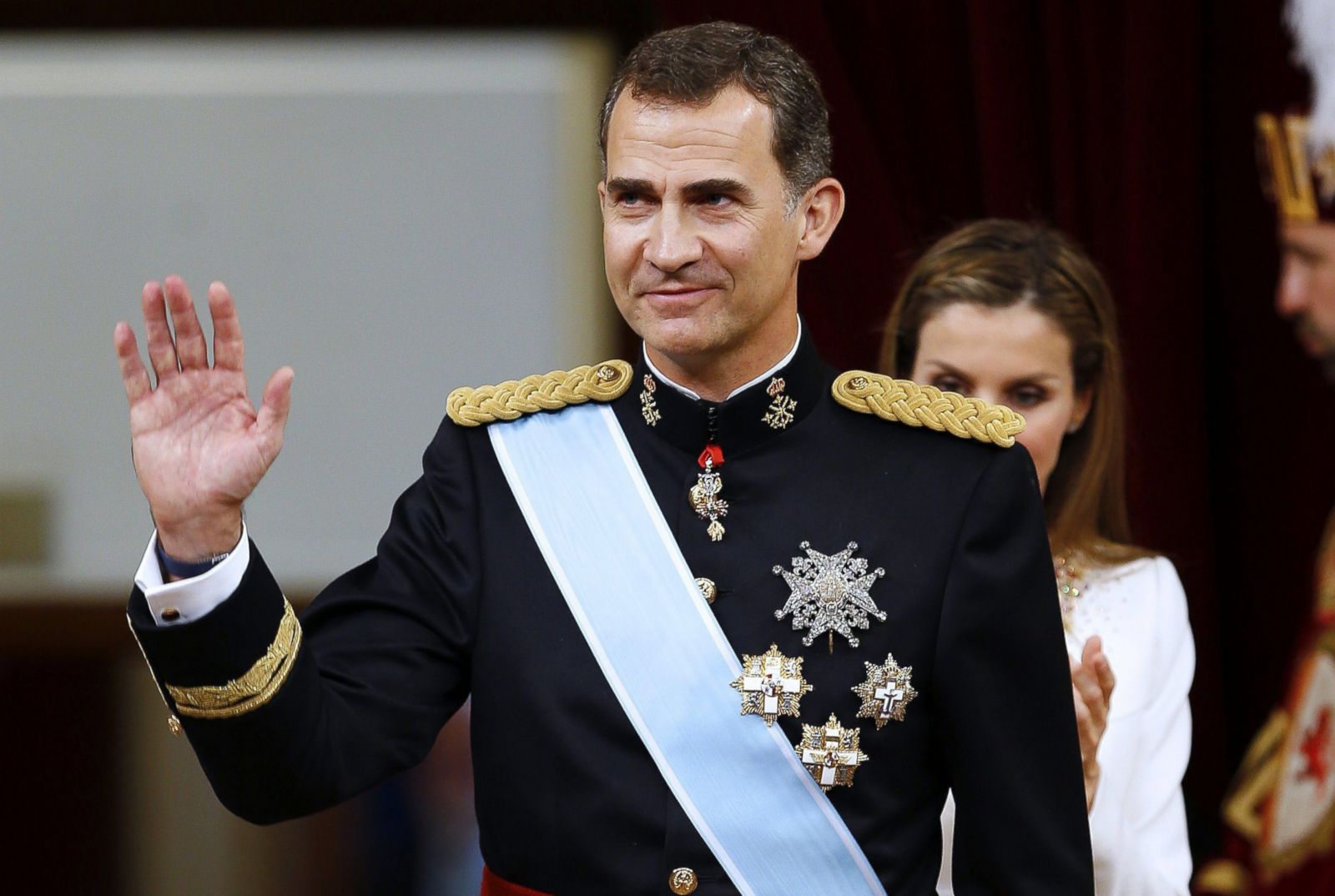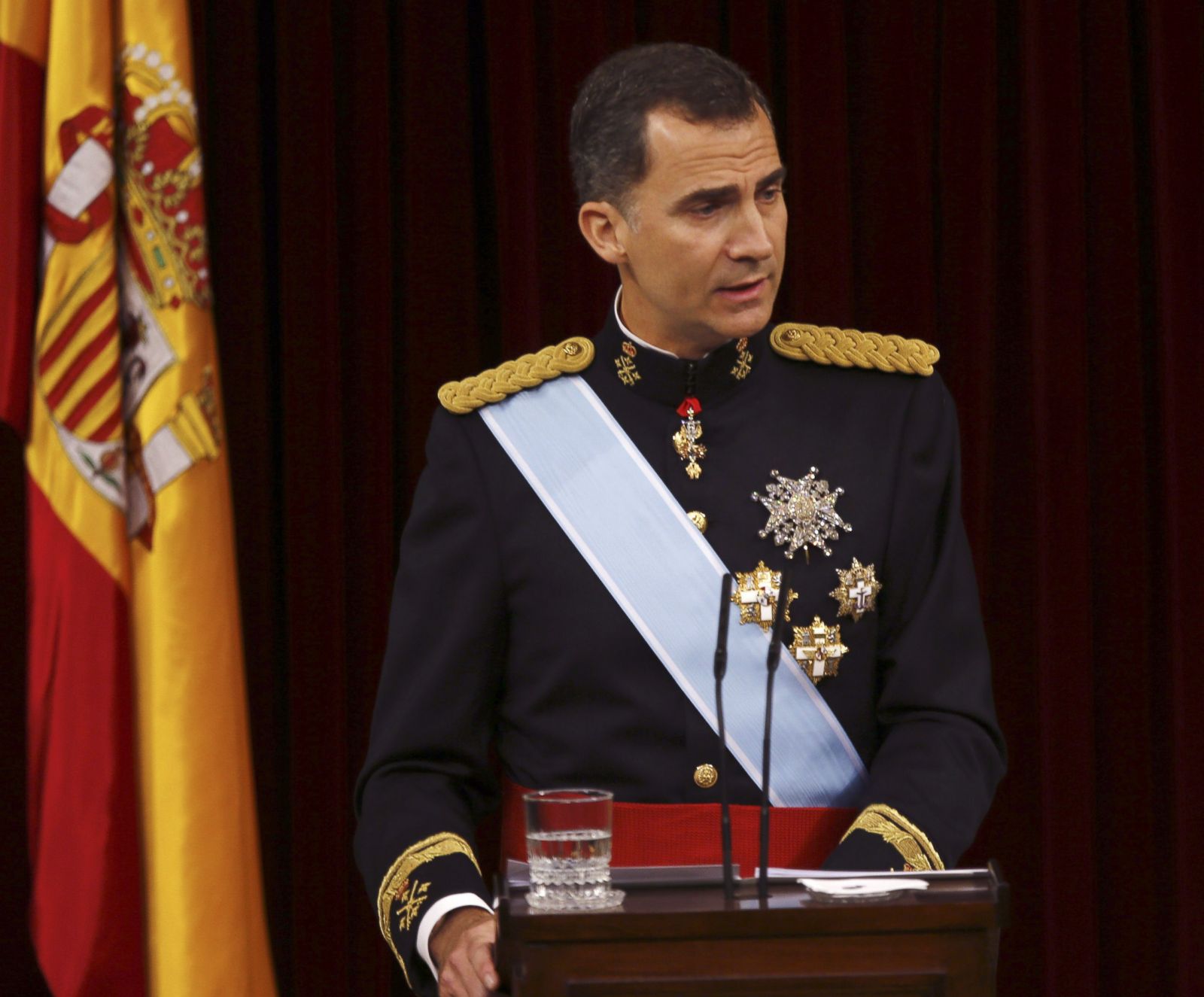Historical Context of the Spanish Monarchy
:max_bytes(150000):strip_icc():focal(999x0:1001x2)/king-filipe-vi-b7ac0e8029c64853af1dd4d8ca06dd61.jpg)
The Spanish monarchy is one of the oldest in Europe, with a history dating back to the Middle Ages. The first king of Spain was Pelayo, who founded the Kingdom of Asturias in 718. Over the centuries, the Spanish monarchy has played a central role in shaping Spanish history and culture. The monarchy has also evolved over the centuries, from an absolute monarchy to a constitutional monarchy.
The King of Spain has always been a keen follower of tennis, and this year’s women’s Wimbledon final was no exception. He was particularly impressed by the performance of the eventual winner, Elena Rybakina, who became the first Kazakh player to win a Grand Slam singles title.
Establishment of the Spanish Monarchy
The Kingdom of Spain was established in 1492 with the union of the kingdoms of Castile and Aragon. The first king of Spain was Ferdinand II of Aragon and Isabella I of Castile. Under their rule, Spain became a major European power. The Spanish monarchy reached its height in the 16th century, during the reign of Charles V, who was also Holy Roman Emperor.
The King of Spain, Felipe VI, is a strong advocate for environmental protection and sustainability. He has worked closely with environmentalists and scientists to promote renewable energy, reduce pollution, and protect biodiversity. One of his most notable collaborations has been with Robert F.
Kennedy Jr. , an environmental lawyer and activist. Together, they have raised awareness about the dangers of climate change and the need for urgent action to protect our planet.
Decline of the Spanish Monarchy
The Spanish monarchy began to decline in the 17th century. Spain was defeated in the Thirty Years’ War, and its empire began to crumble. The monarchy also faced internal challenges, such as the War of the Spanish Succession. In the 19th century, Spain lost its last colonies in the Americas.
Modern Spanish Monarchy
The Spanish monarchy was restored in 1874. The current king of Spain is Felipe VI. The Spanish monarchy is a constitutional monarchy, which means that the king’s powers are limited by the constitution. The king is the head of state and commander-in-chief of the armed forces. He also has the power to dissolve parliament and call for new elections.
Current Role and Responsibilities of the King of Spain

The King of Spain, currently King Felipe VI, holds a largely ceremonial role as head of state and symbol of national unity. The Spanish Constitution of 1978 Artikels his constitutional powers and duties, which include:
Constitutional Powers and Duties
- Sanctioning and promulgating laws
- Summoning and dissolving the Cortes Generales (Spanish Parliament)
- Calling for general elections
- Proposing the candidate for Prime Minister to the Cortes Generales
- Appointing the members of the Council of State
- Commanding the armed forces
- Exercising the right of pardon
Head of State and Symbol of National Unity, King of spain
As head of state, the King represents Spain in international relations and acts as the supreme commander of the armed forces. He is also the guarantor of the Constitution and the proper functioning of the institutions of the state. As a symbol of national unity, the King embodies the values and traditions of the Spanish people.
Involvement in Official Ceremonies and Public Events
The King participates in numerous official ceremonies and public events throughout the year. These include the opening of the Cortes Generales, the annual Christmas speech, and the presentation of awards and honors. He also attends cultural events, visits regions of Spain, and receives foreign dignitaries.
The Royal Family and Spanish Society: King Of Spain

The Spanish royal family is a symbol of national unity and tradition. The current King, Felipe VI, is the head of state and the commander-in-chief of the armed forces. He is married to Queen Letizia, a former journalist. They have two daughters, Leonor, Princess of Asturias, and Infanta Sofia.
The royal family is generally well-respected by the Spanish people. They are seen as a symbol of stability and continuity. However, there have been some recent scandals involving members of the royal family, which have damaged their reputation.
Cultural and Social Significance of the Monarchy
The monarchy plays an important role in Spanish culture and society. It is a symbol of national identity and unity. The royal family is often featured in the media, and their activities are closely followed by the public.
The monarchy also plays a role in promoting Spanish culture and traditions. The royal family often attends cultural events and supports Spanish artists and musicians.